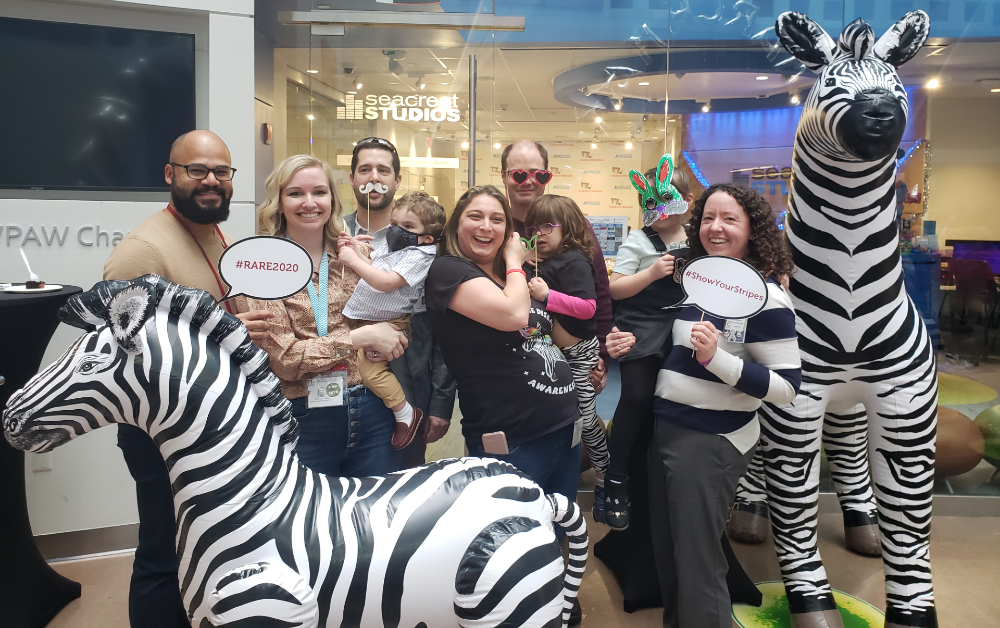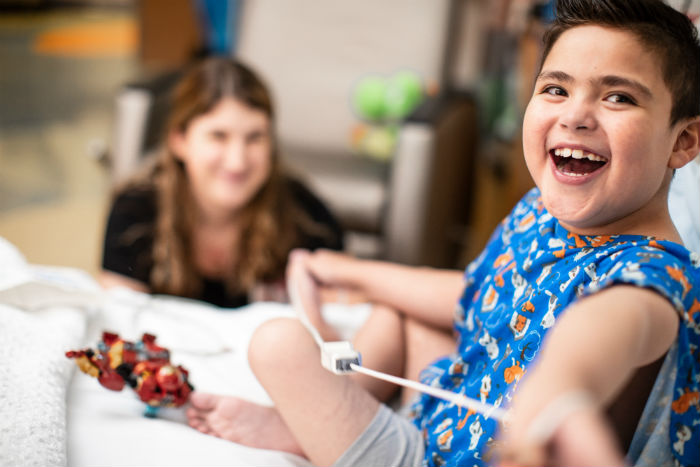Condition
Pediatric Achondroplasia
What You Need to Know
Achondroplasia is a type of rare genetic bone disorder that occurs when cartilage is not made into bone like it should be.
Key Symptoms
The most common symptoms of achondroplasia are:
- Short arms and legs
- Large head
- Flattened bridge of nose
Diagnosis
Doctors typically diagnose achondroplasia by:
- A fetal ultrasound before birth
- A physical exam after birth
Treatment
- There is no treatment that can change or cure the condition
- Different treatments can be done to help relieve problems caused by the condition
Schedule an Appointment
Our pediatric specialists provide personalized care for your child’s physical, mental and emotional health needs. Meet our providers and schedule an appointment today.
Frequently Asked Questions
What is achondroplasia in a child?
What causes achondroplasia in children?
Which children are at risk for achondroplasia?
What are the signs of achondroplasia in a child?
How is achondroplasia diagnosed in a child?
How is achondroplasia in children treated?
What are possible complications of achondroplasia in a child?
Can achondroplasia be prevented in a child?
How can I help my child live with achondroplasia?
When should I call my child's healthcare provider?
Meet the Providers Who Treat Achondroplasia
Departments that Treat Achondroplasia

The Zickler Family Prenatal Pediatrics Institute
The Zickler Family Prenatal Pediatrics Institute at Children's National Hospital in Washington, D.C., provides specialized care for babies during pregnancy, delivery and after birth.

Help Kids and Make a Difference
Invest in future cures for some of life's most devastating diseases. Give today to help more children grow up stronger.







